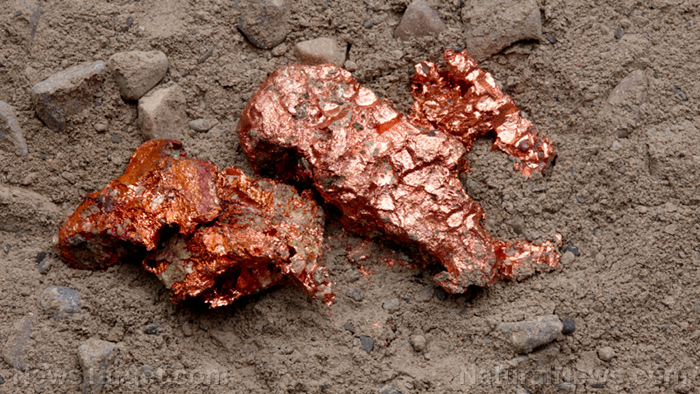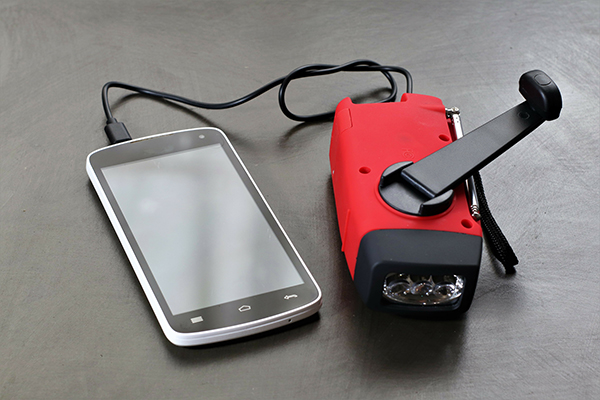
Lithium-ion batteries are set to become much safer and last far longer thanks to a neat solution devised by Cornell engineers. An article in Newswise states that the innovation will revitalize this particular type of rechargeable battery, which has pretty much peaked in terms of performance.
Professor Lynden Archer of Cornell University (Cornell) explained that lithium-ion batteries are the most common and dependable means of providing power for important electronics like mobile devices, laptops, and electric vehicles. However, the technology has arguably reached the limits of its capabilities.
Lithium-ion technology is using more than 90 percent of what is believed to be its maximum storage capacity. There is a very little margin for additional growth in the long-term.
Engineers have choices. They can try to squeeze out the last few drops of extra performance they can get out of existing batteries. They can abandon the technology and migrate to other, more promising energy storage systems.
Or they can do what Archer and his team did, which was to return to the roots of the technology and devise an answer to a long-standing problem of rechargeable batteries: Instability caused by the growth of lithium dendrites. (Related: Is it possible to recycle lithium ion batteries?)
Lithium dendrites are responsible for short lives of rechargeable batteries
Metallic lithium can hold high amounts of energy. This makes them a popular choice of material for anodes, the positively-charged electron collector of batteries.
There is just one problem with lithium-based anodes. As ions pass through the electrolyte material of the battery during the course of charging and discharging energy, they cause lithium dendrites to grow from the anode.
These dendrites can break down the physical separator between the anode and its counterpart, the cathode. When that happens, the battery will suffer a short-circuit and be destroyed. Occasionally, it will also catch fire.
Solid electrolyte materials can prevent the growth of dendrites. While safer, they also slow down the transportation of ions, making them less efficient when it comes to powering electronic devices.
Roundabout route for ions prevents lithium dendrite formation and extends battery lifespan
Snehashis Choudhury, a student in Archer's Cornell laboratory, came up with a solution that his professor and Obi-Wan Kenobi would describe as "elegant." He used the structure of the electrolyte itself to hamper the destructive growth of lithium dendrites.
In 2015, Archer's team developed a reaction procedure that could change the structure of the electrolyte. The procedure combined silica nanoparticles and a polymer to create "cross-linked hairy nanoparticles."
Years later, Archer and Choudhury used that same technique to create an electrolyte that forces ions to take a much longer route when traveling between the anode and the cathode. This circuitous route greatly delays the formation of dendrites, which in turn extends the lifespan of the rechargeable battery. At the same time, it does not slow down the ions, so power efficiency is not affected.
Choudhury also came up with a device that can directly observe the way their experimental lithium-ion battery worked. The new method allowed the Cornell researchers to confirm their hypothesis about dendrite growth.
They published their findings in the science journal Proceedings of the National Academy of Sciences. Choudhury shared first authorship status with another student, Dylan Vu.
Archer noted that his team's work has upended a long-standing belief in battery science. Previously, experts believed the separator needed to be stronger than the metal in order to stop the expansion of dendrites.
Choudhury's porous separator is made from a polymer that is "weaker" than lithium. Yet it was able to prevent the growth of dendrites that were nominally stronger than it.
You can find more articles about new improvements to electronic devices and gadgets at FutureScienceNews.com.
Sources include:
Please contact us for more information.





















